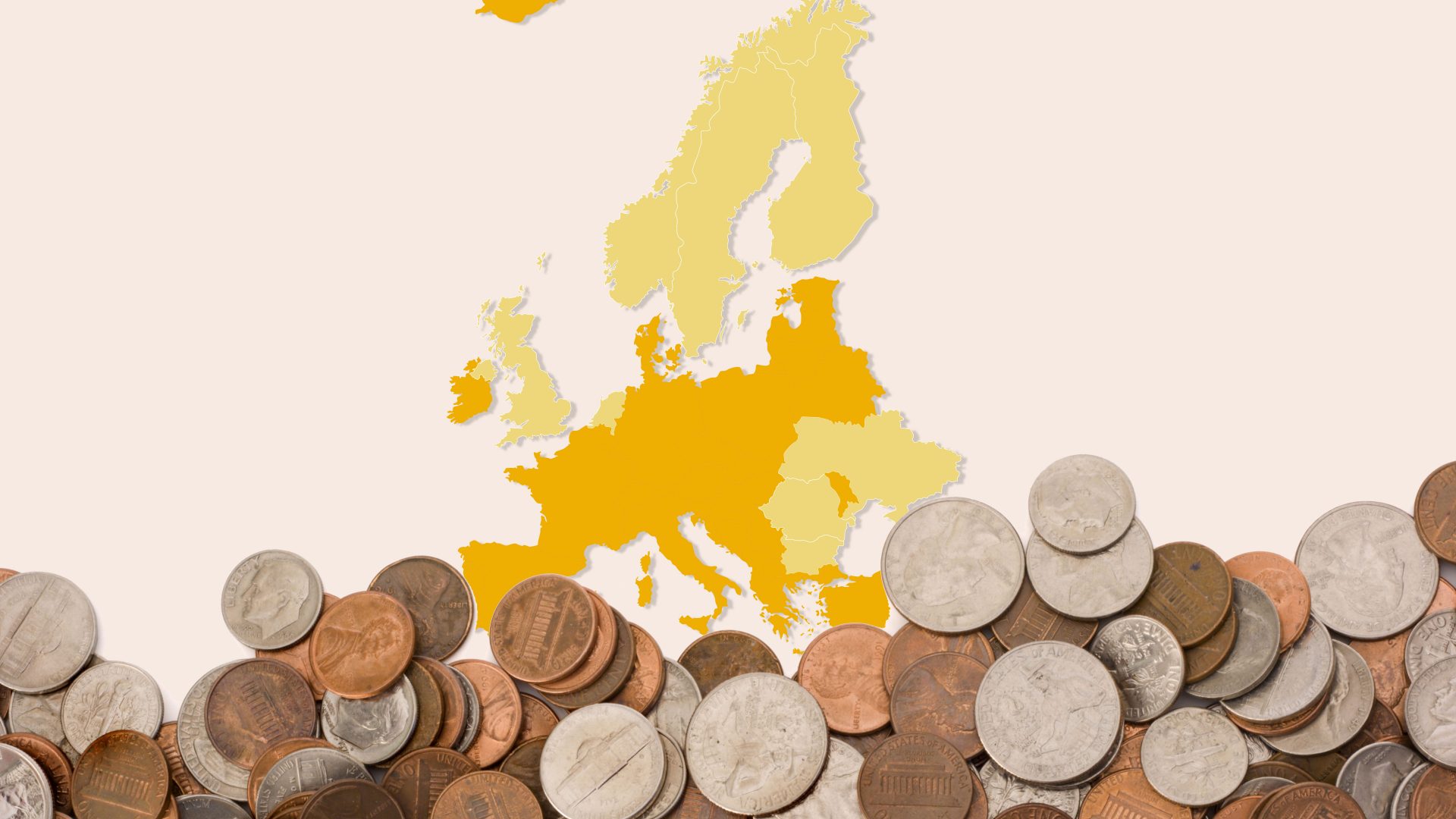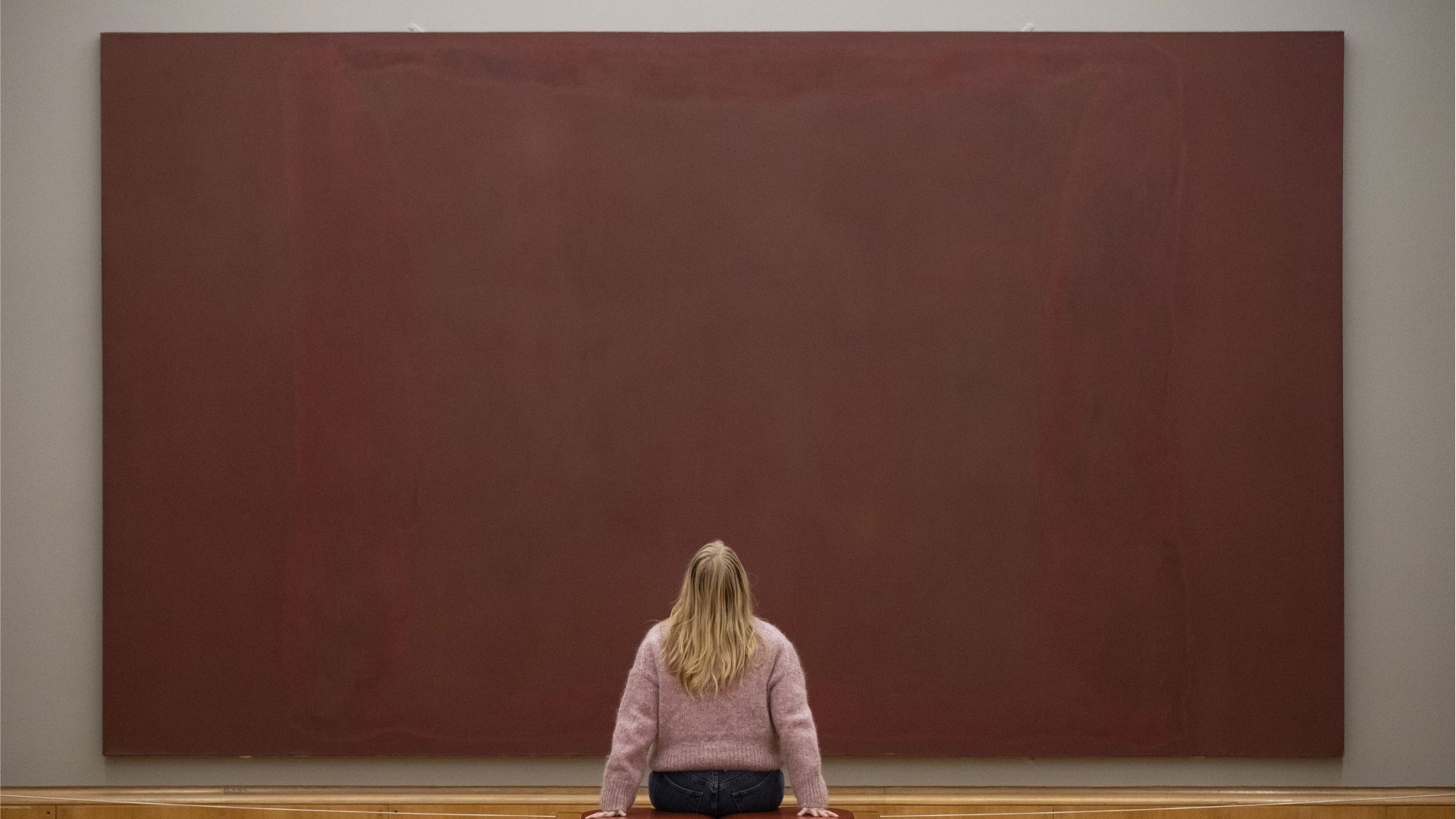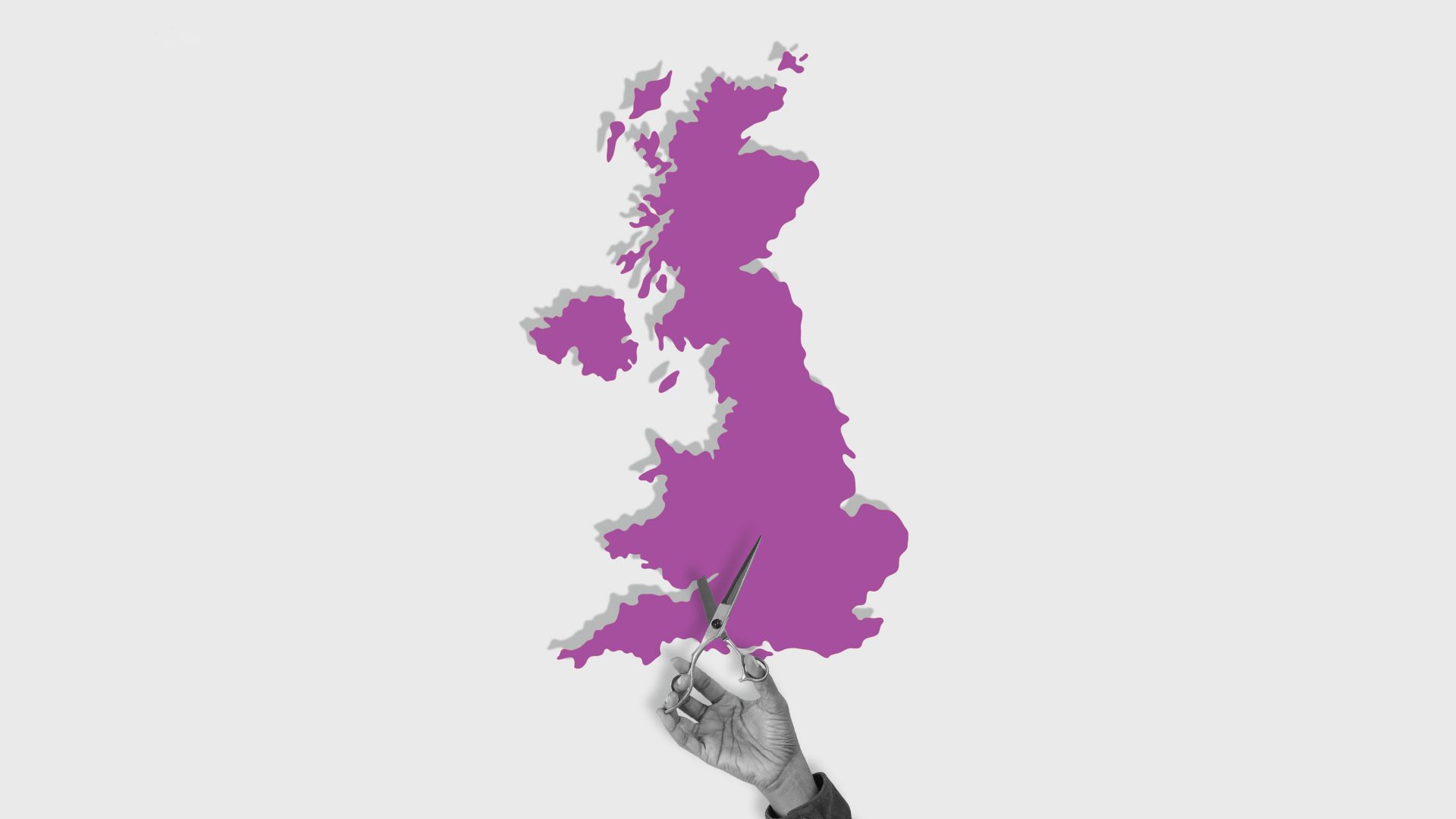NORWAY
According to 2021 data from the World Bank, Norway is the European country closest to going entirely cashless. Nearly the entire country (98%) has a debit card and its central bank says that only 3-5% of all transactions are carried out with physical cash – with three out of every four being contactless. In fact, some in the country worry that the transition may have gone too far, with the country’s finance ministry last year looking at a plan to ensure banks are required to offer physical cash to customers – something resisted by the sector.
THE UNITED KINGDOM
The banking body UK Finance reported in August that more than 23m people in the UK used virtually no cash last year, while notes and coins will account for just 6% of payments within a decade. But a spokesperson downplayed the country going entirely cashless, saying: “Rather than the UK becoming a cash-free society over the next decade, the UK will transition to an economy where cash is less important than it once was but remains valued and preferred by many.”
THE NETHERLANDS
The Netherlands is a country where you don’t need to root in your pockets for coins, or even put your hands in them at all – it leads Europe for smartwatch payments. More than a third of Europe’s entire smartwatch payments are made in the country, helped by its two largest banks being compatible with both FitBit and Garmin devices. And the Netherlands might be about to become even more contactless-friendly: the OV-chipkaart system – the Oyster-style system for public transport which covers the entire country – is trialling bank cards and watches.
BULGARIA
Bulgaria has Europe’s second-largest share of cash payments after Romania, according to data from the World Bank’s Global Findex database published earlier this year. 63% of transactions in Bulgaria use cash payments. Payment services company Euronet’s regional manager for Bulgaria, Kalina Stoikin, said: “Generally speaking, consumers in Bulgaria… are strongly attached to physical money and cash payments. We expect that cash will survive the digital revolution and people will keep using it as a preferred payment method for many more years.” 28% of Bulgarians do not have a bank account.
ROMANIA
A survey last year reported that Romania is the country most reliant on physical cash, with 78% of transactions still involving notes and coins and a massive 42% of the population not even having a bank account (compared to Norway’s 100%) and just 9% using online banking.
SWEDEN
Europe’s earliest modern-style banknotes were introduced by the Bank of Stockholm in the 17th century. And, perhaps fittingly, it may be one of the first to get rid of them: there are fewer than 32 cash machines per 100,000 people. Combined with the fact that most Swedish banks will no longer handle cash transactions, and businesses have been legally allowed to refuse cash payments longer than most, and it’s understandable why Riksbank, the Swedish central bank, last year predicted the country could be cashless by 2023.
FINLAND
According to the Bank of England, Finland is predicted to become completely cashless by 2030. It ranks second to Ireland in Europe in terms of frequency of use of cards, is fifth in e-commerce spending as a percentage of GDP and number three in online banking adoption. That said, a 2018 survey said 61% of Finns don’t believe in the concept of a cashless future, 13% are unsure about it and only 26% believe that going completely cashless would be beneficial for Finnish society.
UKRAINE
Even before the Russian invasion this year, Ukraine lagged behind much of Europe, with 60% of all transactions taking place in cash and 37% of people lacking bank accounts. In February this year the EU gave its support to an information campaign launched by the National Bank of Ukraine aimed at helping the general public, especially elderly people, to understand how to open an account, what types of cards exist, what online banking and cardless payments are, and how to pay with a smartphone. According to the bank, older people, especially those outside Ukraine’s big cities, struggle to use anything other than cash.



